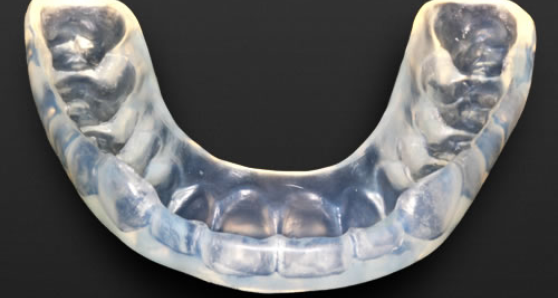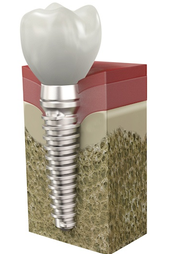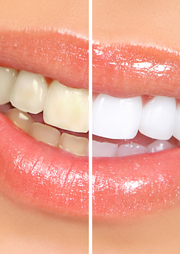The term gnathology was coined in the 1920s in order to identify the histology, anatomy, physiology, pathology, and therapeutics of the masticatory system.
Gnathology represents an approach to dentistry as a whole and does not solely concentrate on occlusion (bite), as is often believed.
In our practices of Turin and Neive you will meet a team of professionals who, as in all state-of-the-art dental practices, put the patients and not only their teeth at the centre of attention.
Gnathologists are usually consulted in the case of symptoms indicating temporomandibular disorders or when complex rehabilitative interventions are required.
Temporomandibular disorders (craniomandibular disorders)
This definition refers to disorders affecting the temporomandibular joint, the masticatory muscles, and their related structures.
Symptoms include joint pain and noise (affecting the frontal part of the ears), face muscles pain and limited mandibular movements (sensation of locked jaw).
Joint noises may include clear and distinct noises (popping or clicking), linked to the articular disc being in the wrong position and detectable during mandibular movement, or continuous gravel-like or sand-like noises, linked to the arthrotic degeneration of the articular ends.
Depending on the situation, these disorders can be treated by means of physiotherapy, medications and/or orthopaedic devices (occlusal splints).









